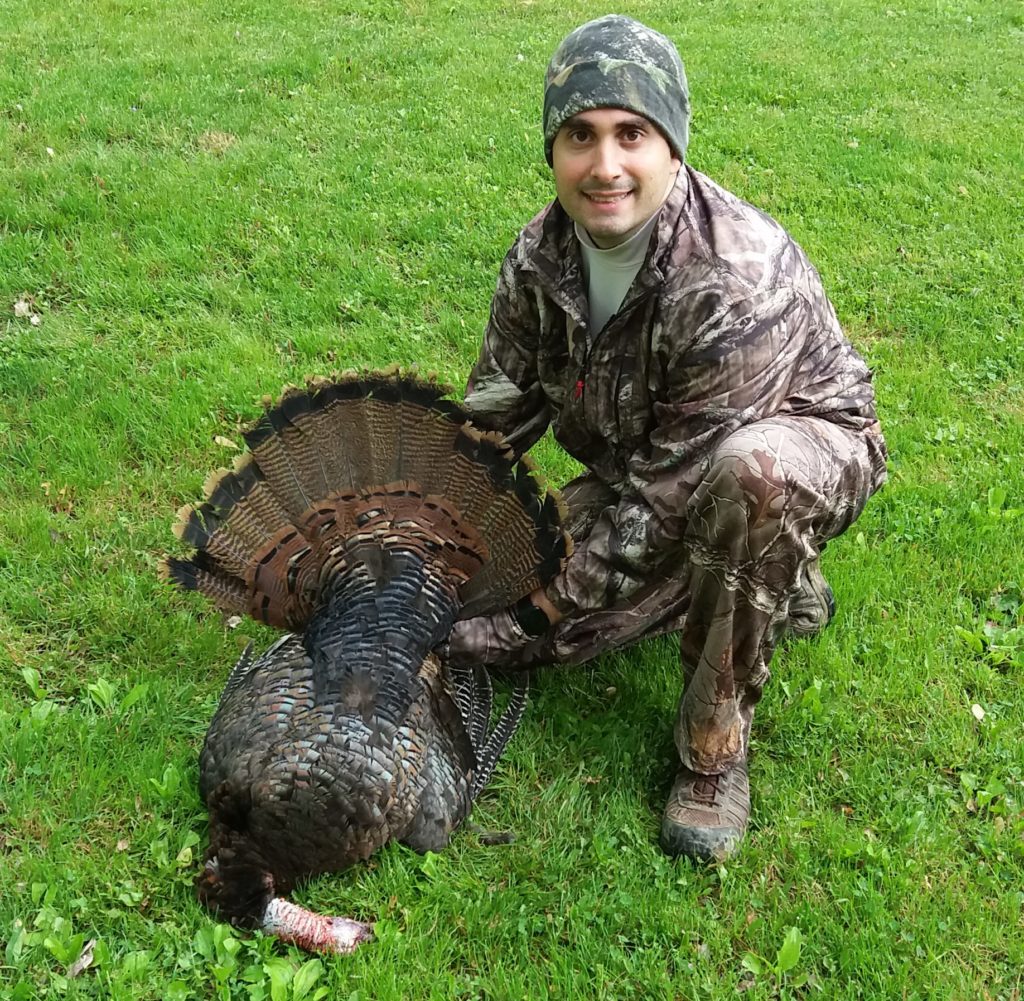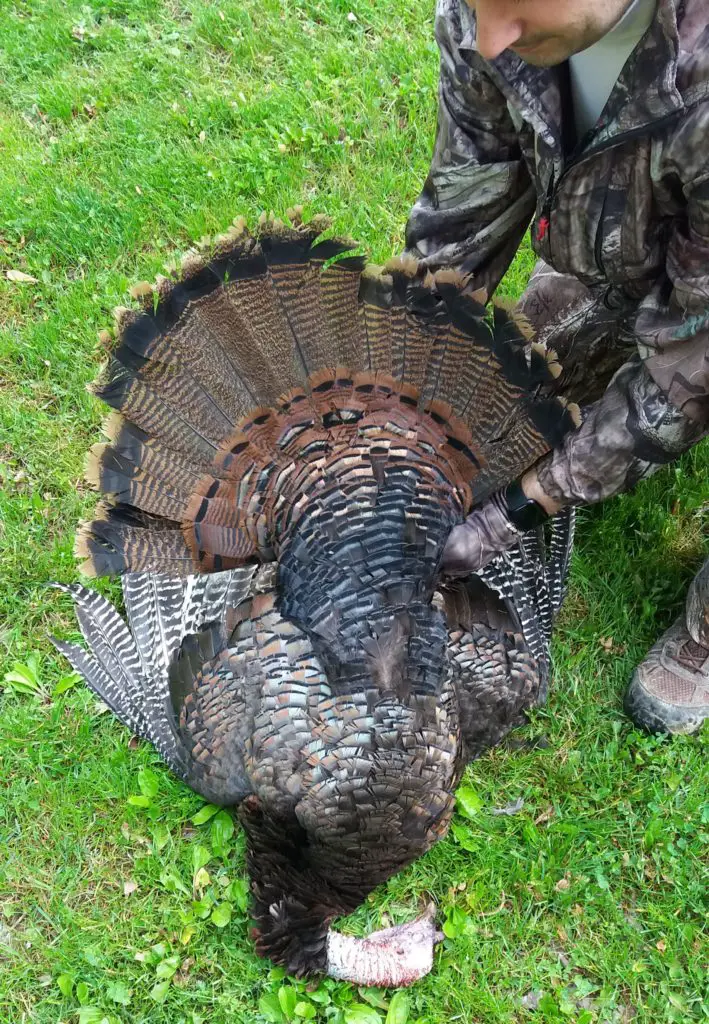When it comes to crow hunting, you have a lot of flexibility for shotguns and shells. There is not really a wrong combination for the task, but there are certainly guns and ammo that are better than others. On today’s episode I talk about what new hunters need to know when it comes to the best firearms for crow hunting.
Picking A Shotgun To Hunt Crows
Crow hunting is a shotgun sport. I have not seen any other viable method for it. The best shotgun for new hunters is the one you already have or can borrow. The second best is the one you can buy used. Reason being, you do not know if you like the sport yet and you do not know what features and qualities of a shotgun you value for hunting crows.
Once you get some field experience you will be much better prepared to buy a shotgun that complements your style and preferences. Save your money and wait until you have some experience so you can be sure you will like what you buy. If you buy a cheap used shotgun you can likely sell it and get your money back out of it and put it towards what you really want.
After that, most people should get a 12 gauge shotgun for crow hunting. The 20 gauge shotgun is very popular today, and it can be very effective for crow hunting. But I recommend a 12 gauge for new hunters for one main reason, ammo availability. When ammo is scarce, 12 gauge is often the only think you can find. And when crow hunting you tend to go through alot of ammo.
A 20 gauge is a good option for people who have a lighter frame, or if is going to be a gun shared with children. In this case, get an adjustable stock so everyone in the family can shoot it well. A 20 gauge is not a child’s gun by any means, but it does have reduced recoil, which is the tradeoff for ammo scarcity. I wouldn’t hesitate to use a 20 if ammo was easy to come by,
A 16 gauge, 28 gauge, or .410 are all viable options, especially for smaller or younger shooters. But they are less common and there is less ammo variety available for them. Indeed a 16 gauge used to be among the most popular and it is certainly effective. Ammo is the only reason the 12 gauge is kind.
In my opinion .410 should only be used by small children, adults would be handicapping themselves with such a small load. There just aren’t enough pellets in there to give a good effective range for new hunters.
The ideal action would be a semi-automatic shotgun so that you do not need to worry about mastering one more skill when it comes to operating a pump action. But you cannot go wrong with pump shotgun, and they are cheaper, and readily available, and proven. This point is purely based on preference. I prefer a semi because it requires less skills to master when cycling. And semi auto shotguns have reduced felt recoil compared to manual actions.
Choke Tubes For Crow Hunting
When it comes to choke tubes for hunting crows you do not need anything special. Your factory modified choke is plenty to get started with. Most crow hunters use a modified or full choke unless they have a great setup that can get the birds in really close. But if you are a newer crow hunter you will likely be taking further shots. A factor choke will do the job just fine. Do not spend extra money on special chokes.
Now if you already have the basics covered and you want to up your game, a good extended choke can improve your pattern density and pattern distribution. I’ve done a few tests and I’ve seen a modified Carlson’s Sporting Clays Choke get as much as 20% more pellets in a 30″ circle at 40 yards compared to a factory flush mounted modified choke. The improvement isn’t always that noticeable. But a good sporting clays choke can be a perfect way to level up your setup. But you do not need to buy one to get started, whatever you have from the factory will work just fine.
Picking Crow Hunting Ammunition
The best shells to use are target loads. There I said it. Target loads that are #7 or #8 shot. I typically use #7.5 shot because its readily available. Target loads are cheap, provide great patterns, and are absolutely effective at regular range. But since you go through so many, it is almost financially not feasible to use anything fancier.
If you cannot use lead then I would recommend Kent Fasteel #4 or BOSS copper plated #5 bismuth in 2.75″ shells as the best loads for the money in the steel and bismuth categories. Yes they make finer shot but I think the power in these shot sizes with the non toxic loads is ideal because new hunters tend to take longer shots.
High brass, express loads, or pheasant loads are not needed for 4 reasons.
-
- Crows are not as sturdy as people like to think, it doesn’t take much to knock them out of the air.
- Most high brass shells come with larger shot and fewer pellets per load, that trade off is worth it shooting pheasants, but not crows. You want as many small pellets as possible when using lead.
- You are going to shoot a lot of shells, target loads are something like 400% cheaper than more robust shells.
- You are going to shoot a lot of shells, you could injure your shoulder shooting 25+ high brass shells in a day. But 25 target loads wont bother you at all.
More Episodes On Crow Hunting
Listen to this podcast episode to get all of the details.


